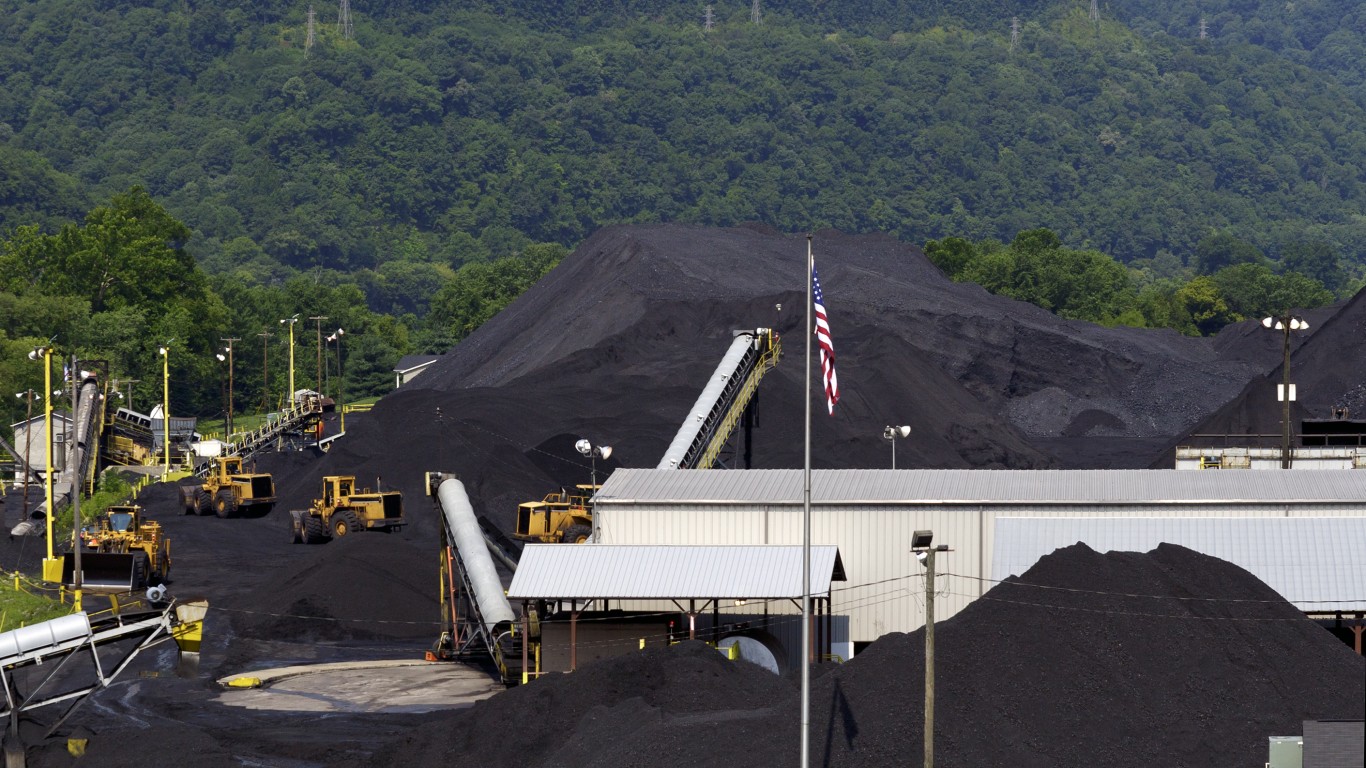
The EIA reported that the price of Brent crude in 2012 averaged $112 a barrel and expects that to fall to an average of $105 a barrel in 2013 and to $99 a barrel in 2014. The differential between Brent crude and WTI crude averaged $18 a barrel in 2012, and the differential is expected to fall to $16 a barrel this year and to $8 a barrel in 2004.
Based on the EIA’s figures, WTI crude will average about $89 a barrel in 2013 and $91 a barrel in 2014, compared with $94 a barrel last year. WTI crude is trading at around $93 a barrel today.
The sharp drop in the differential is due to two factors. First, U.S. crude production is expected to rise from 6.4 million barrels a day in 2012 to 7.3 million barrels a day this year and to 7.9 million barrels a day in 2014. The second reason for the shrinking differential is that the EIA expects new pipeline capacity to move U.S. crude out of the mid-Continent to the refineries along the Gulf Coast.
The EIA takes the next step and forecasts that the average retail price of a gallon of gas — which came to $3.63 in 2012 — will fall to an average of $3.44 this year and $3.34 in 2014. Liquid fuel consumption has fallen in the U.S. from 20.8 million barrels a day in 2005 to 18.6 million barrels a day in 2012. The EIA expects consumption to rise to 18.8 million barrels a day in 2014. The gains will come in consumption of diesel fuel and liquefied petroleum gas, with gasoline and jet fuel consumption remaining flat.
Natural gas prices are expected to rise from an average of $2.75 per million BTUs in 2012 to $3.90 by 2014. With the price rise in natural gas, coal again becomes competitive as a fuel for power generation and the EIA expects coal’s share of electricity production to rise from 37.6% last year to 39.6% by 2014.
For consumers the drop in gasoline prices means a significantly larger portion of the family budget can be directed to other demands. For refiners the falling prices are, at best a mixed blessing. For producers, the closing differential between Brent and WTI can mean better revenues and profits if WTI moves up to meet Brent pricing or, conversely, can constrain revenues if Brent prices fall toward WTI levels. Next year should be interesting.
Cash Back Credit Cards Have Never Been This Good
Credit card companies are at war, handing out free rewards and benefits to win the best customers. A good cash back card can be worth thousands of dollars a year in free money, not to mention other perks like travel, insurance, and access to fancy lounges. See our top picks for the best credit cards today. You won’t want to miss some of these offers.
Flywheel Publishing has partnered with CardRatings for our coverage of credit card products. Flywheel Publishing and CardRatings may receive a commission from card issuers.
Thank you for reading! Have some feedback for us?
Contact the 24/7 Wall St. editorial team.



